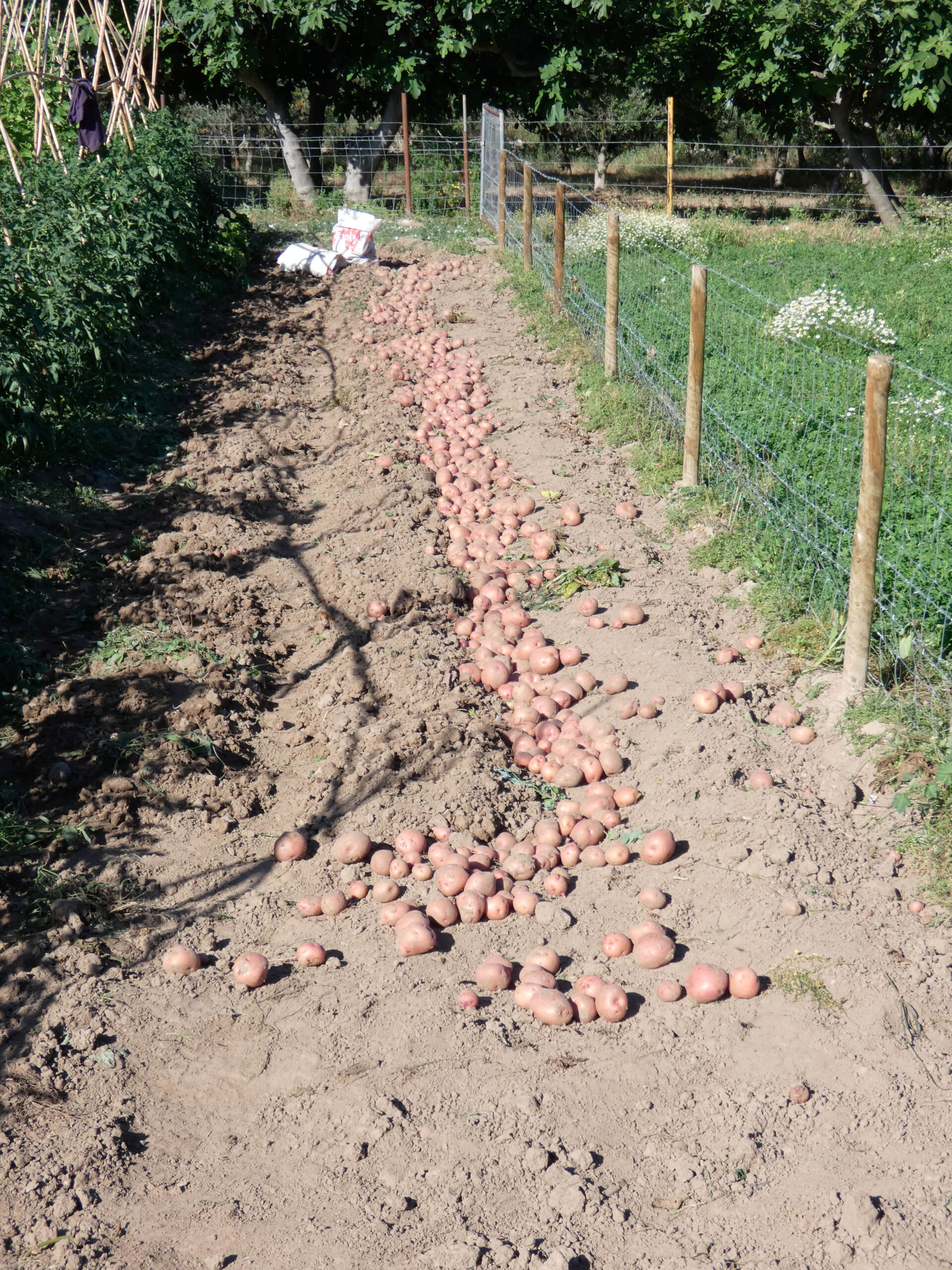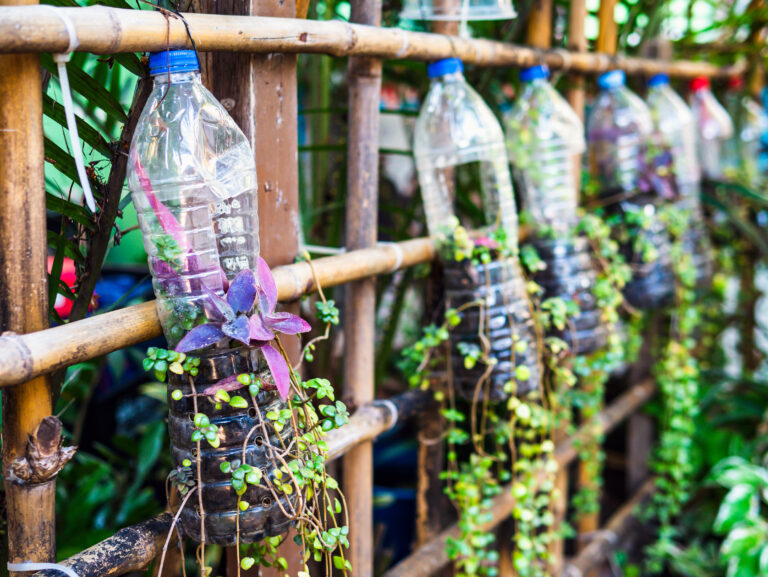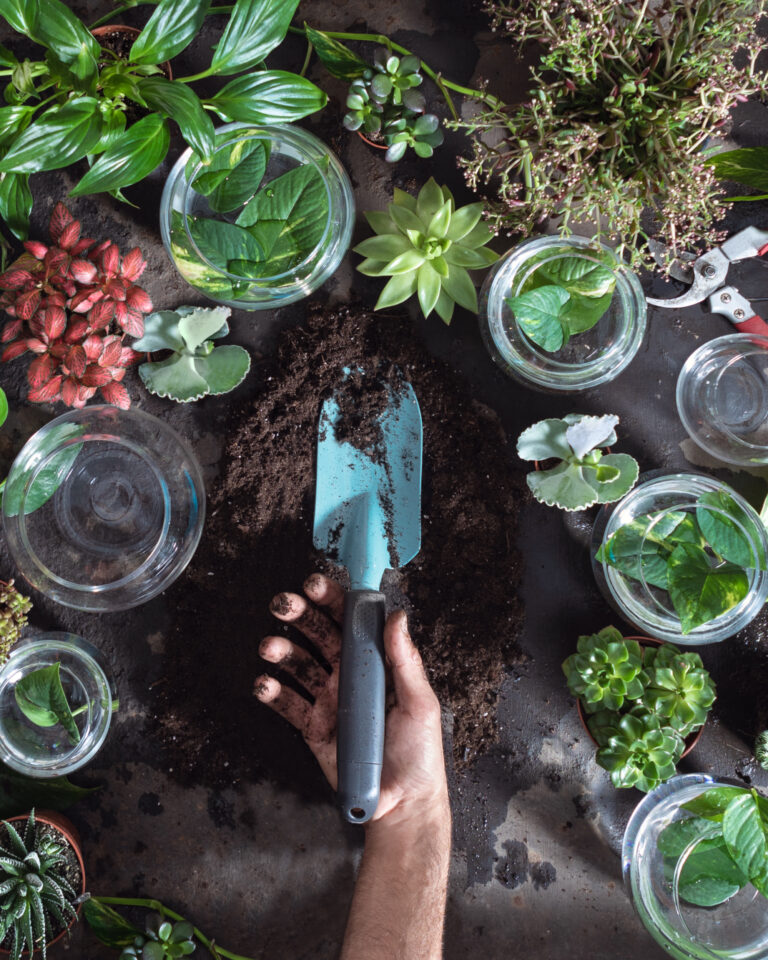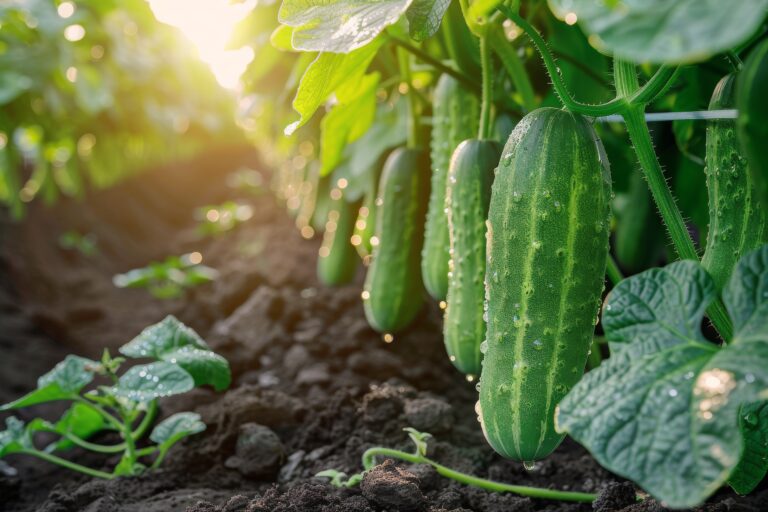The Pomato Plant: How to Harvest Tomatoes and Potatoes From One Plant
The Pomato Plant: How to Harvest Tomatoes and Potatoes From One Plant
Imagine the convenience of harvesting two different crops from a single plant. This is exactly what the Pomato offers—a fascinating garden innovation that combines the juicy sweetness of tomatoes with the hearty comfort of potatoes in one compact space. If you’re looking to maximize your gardening yield without needing extra room, the Pomato might just be your new best friend.
—
What Is a Pomato Plant?
The Pomato isn’t a natural hybrid or genetically modified organism. Instead, it is created through a process called grafting, where a tomato plant is carefully fused onto a potato plant. Both plants belong to the same botanical family—the Solanaceae family—which means they share similar soil, water, and sunlight needs, making this unusual pairing possible.
This grafting results in a single plant that grows tomatoes above ground and potatoes below ground, effectively allowing gardeners to grow two staple crops in one container or garden bed.
—
Why Choose a Pomato? Benefits for Gardeners
Space-saving: Ideal for urban gardeners or those with limited outdoor space, the Pomato lets you grow more food in less area.
Dual harvest: Instead of dedicating separate beds or pots to tomatoes and potatoes, you get both crops from one plant, saving time and effort.
Efficient resource use: Sharing the same root system can optimize water and nutrient uptake for both crops.
Unique gardening experience: Growing a Pomato offers a fun and educational way to explore plant science and innovative gardening techniques.
—
Things to Keep in Mind When Growing a Pomato Plant
While the Pomato is a clever solution for small-space gardening, there are some factors to consider:
Yield and flavor: Because the plant divides its energy between producing tomatoes and potatoes, the size and taste of both crops may vary compared to plants grown separately.
Care requirements: Since tomatoes and potatoes have slightly different vulnerabilities—like susceptibility to blight—careful monitoring is important to keep both crops healthy.
Grafting expertise: Pomato plants are grafted by professionals; if you’re interested in trying the process yourself, it requires patience and skill.
—
How to Grow and Care for Your Pomato Plant
Pomato plants thrive best in:
Well-drained, fertile soil with consistent moisture.
Full sun exposure, ideally 6–8 hours daily.
Regular feeding with balanced fertilizer to support dual crop development.
Protection from pests and diseases, especially late blight which affects both tomatoes and potatoes.
Plant your Pomato in a large container or garden bed, water regularly, and watch as your tomatoes ripen above while potatoes develop underground.
—
The Future of Sustainable Gardening: Pomato’s Place
The Pomato represents an exciting step toward innovative, sustainable gardening that makes the most of limited space and resources. For urban gardeners, hobbyists, and anyone looking to experiment with plant science, it offers a glimpse into how creative techniques can reshape food production.
While it may not replace traditional methods entirely, growing a Pomato can be a fun, rewarding addition to your garden—yielding fresh tomatoes and potatoes from just one plant.
—
Ready to try growing your own Pomato? Look for grafted Pomato plants at local nurseries or seed suppliers, and get ready to maximize your garden’s potential this season!







